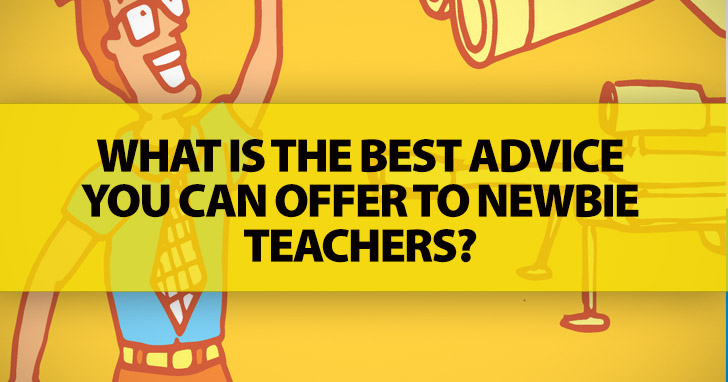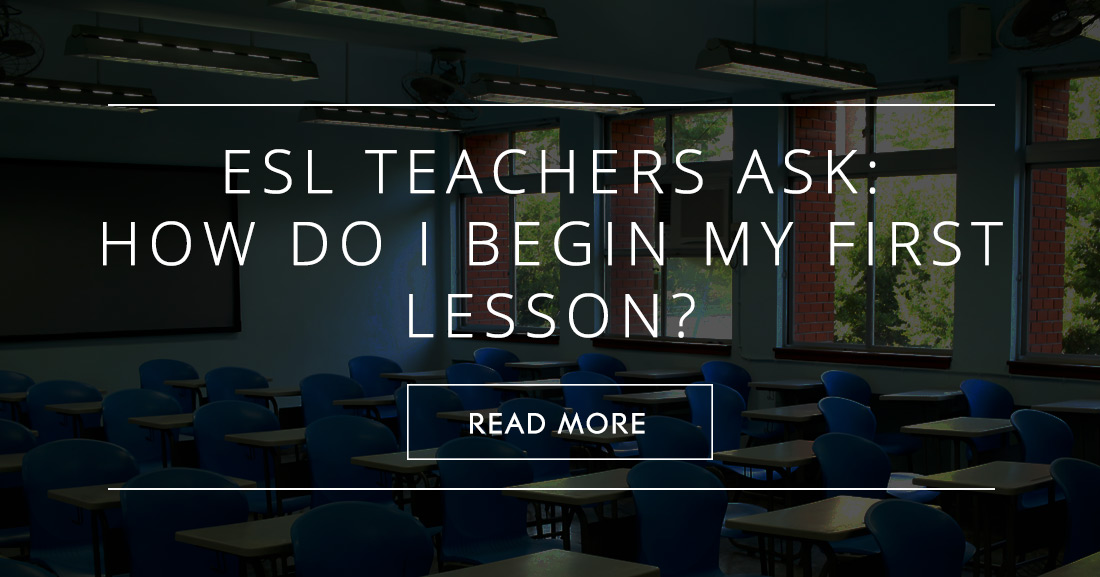ESL Teachers Ask: What Is the Best Advice You Can Offer to Newbie Teachers?


Oh, so much is happening on the first day of class.
So much excitement! So many expectations! But if this is your very first day of class — ever — you may be feeling a little less excited and a lot more anxious. Here are some ideas for that big, all-important day in your career.

You may choose to start off with the getting to know each other portion of the class. Now, you can do this the classic, simple way, which involves telling them about yourself and asking them questions about their likes, preferences, hobbies, etc... Or you can do this the fun way! Like this:
You may also choose to begin by asking them about their goals: Why are you studying English? Again, there is a simple, straightforward way of doing this and a more interesting way. Students often state that their goal is to “speak English” or “speak more” or even “speak more better English”. Now, what if you were to set more specific goals, even fun goals?
Classroom rules are an absolute must, above all in classrooms with young learners. But students don’t like it when a teacher starts a lesson by saying, “Here are the rules.” Well, at the very least, that’s no fun! Start the lesson by giving them an overview of the types of activities you’ll do in class, but that to ensure that everyone has a good time and learns a whole lot of English, you’ll have to come up with some rules — as a group.
At BusyTeacher.org, we have an entire section on ice breakers, most of which you can use on your very first day of class. Instead of launching into a speech about what they can expect from the class and what you expect from them, you could simply start with an ice breaker. It will tell your class exactly what to expect from you. Fun, engaging lessons year round!
Relax and have fun! Give them the opportunity to get to know you, and to learn that you’re willing to go the extra mile to help them succeed and achieve their learning goals — while having fun at the same time. You’ll definitely start on the right foot!